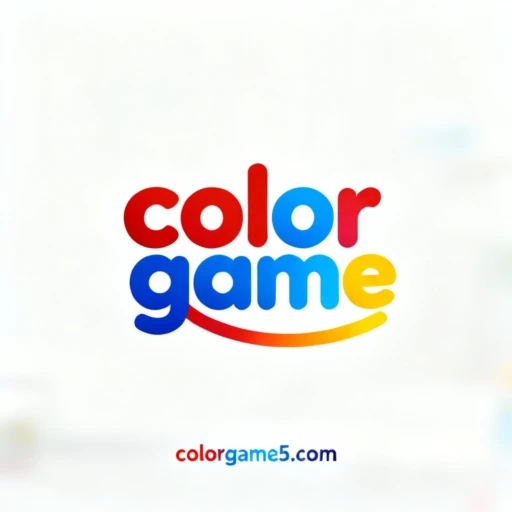
As we progress further into the digital age in 2025, the landscape of online gaming continues to evolve, with color games emerging as a popular genre. These games, which combine captivating visuals and engaging gameplay, have found a special place in both the educational and entertainment sectors.
The sudden surge in popularity can be attributed to the inherent simplicity and universal appeal of color games. Developers have creatively used vibrant colors and interactive designs to produce games that are easy to pick up yet challenging to master. This simplicity makes them accessible to players of all ages, making them a favorite for family gaming sessions.
In the educational context, color games have been integrated into classroom settings, helping teachers educate students through visually appealing methods. Games like 'Color Quest' and 'Shade Simulator' help children learn about colors, patterns, and even elements of design and art. Many educators report that students engage more actively when these interactive tools are part of the curriculum, leading to improved learning outcomes.
On the entertainment side, the rise of social media and online streaming platforms has also fueled the popularity of color games. Streamers and influencers often present live challenges, showing off their gaming skills to attract audiences. This, in turn, has driven demand and interest in such games, with many players eager to try out the latest trending color game.
Moreover, the ongoing technological advancements, including augmented reality (AR) and virtual reality (VR), are adding a new dimension to these games. Developers are exploring how AR and VR can enhance the color gaming experience, making it more immersive and interactive than ever before.
Overall, color games represent the dynamic intersection of technology, creativity, and education. Their growth reflects broader trends in how digital tools are increasingly being used to bridge gaps between learning and play, shaping the future of games and interactive content.


